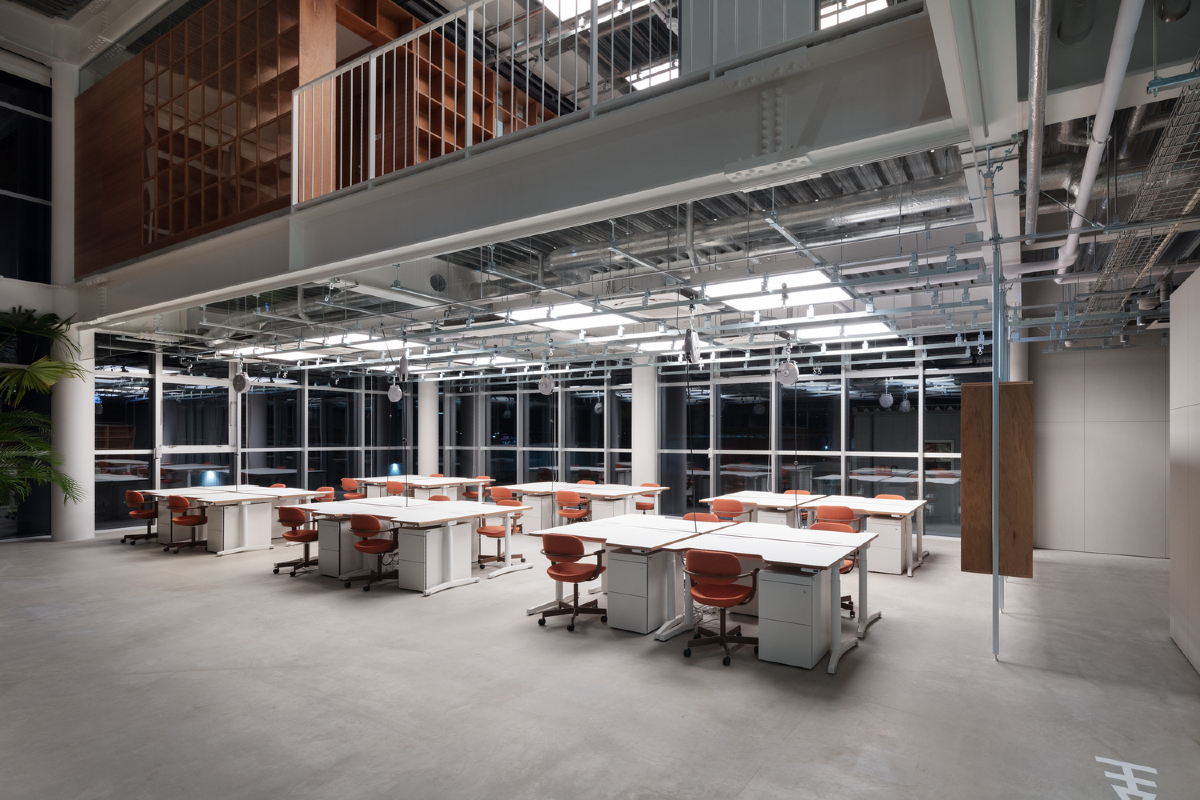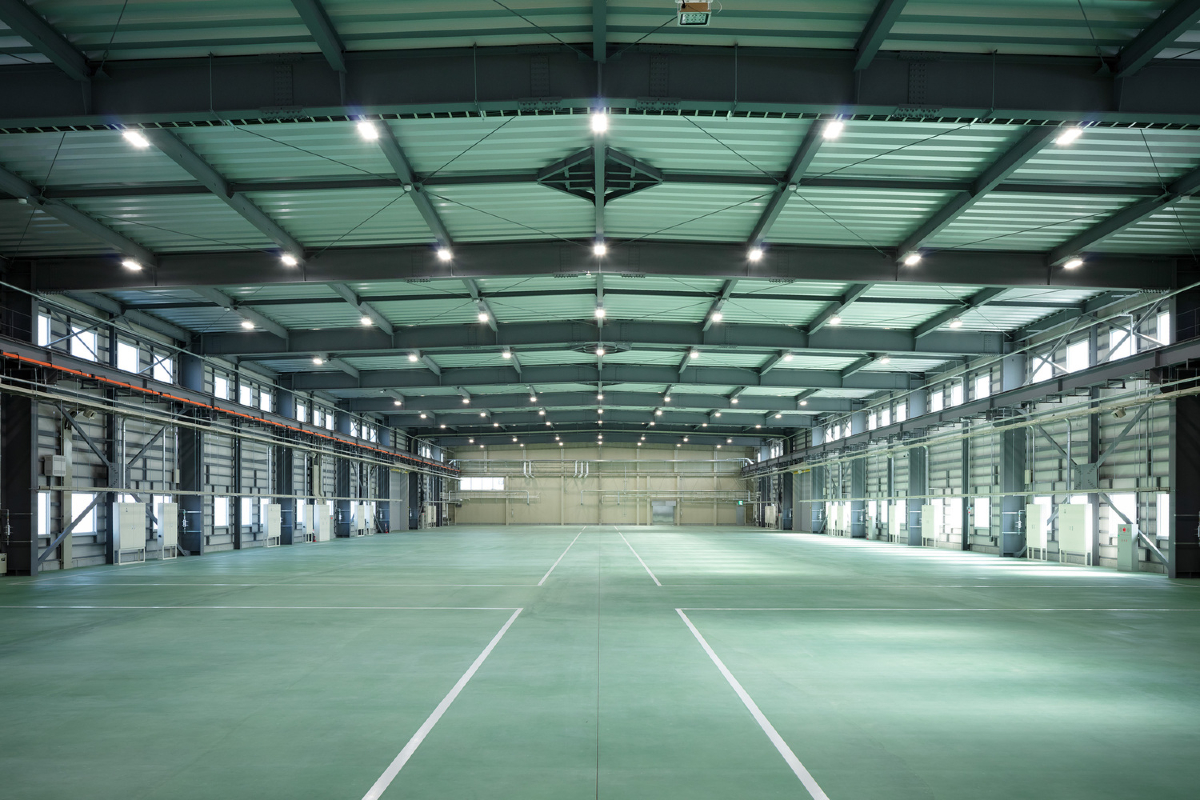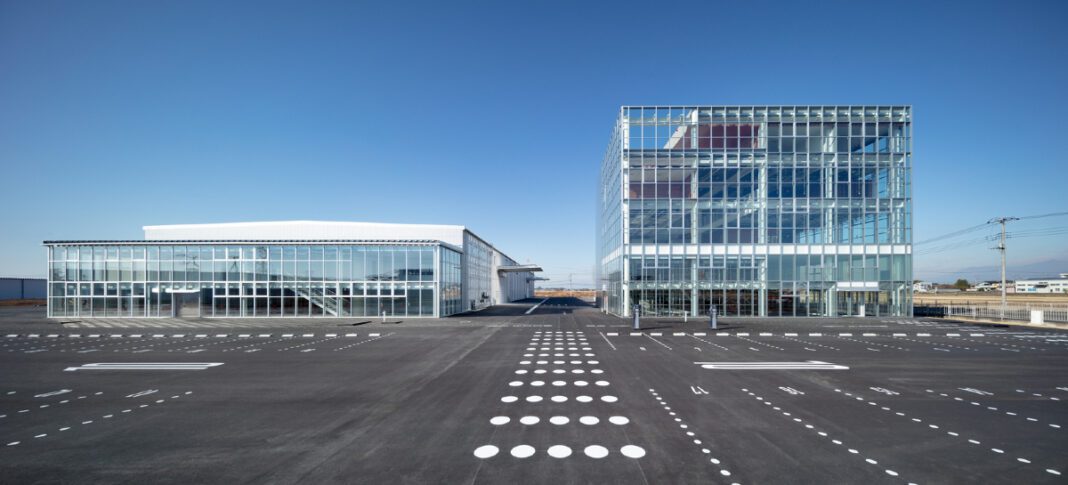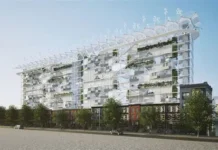Furukawa Manufacturing’s new headquarters and factory in Ota City, Japan, is a testament to the company’s commitment to clear, functional architecture. Designed by Jo Nagasaka + Schemata Architects, the building aims to redefine the industrial typology, creating a space that is both efficient and inspiring.

The site, a vast expanse of 20,000 sq m, is treated as a single, continuous plane. The architects established a rigorous grid system that unifies the building, parking lot, and exterior spaces, creating a cohesive and legible architectural language. This grid-based approach extends to the interior, informing the layout of offices, production areas, and circulation paths.
The building’s exterior is characterised by its simplicity and precision. The design has a minimalist material palette of concrete, steel, and glass. Large expanses of glazing offer visual connectivity between the interior and exterior, while the use of brise-soleil elements provides shading and visual interest.

The interior spaces are organised around a central core, allowing for flexibility and adaptability. The office floors, with their open plan layout and modular furniture, foster collaboration and innovation. The factory area, though highly functional, is also designed with an emphasis on clarity and order, reflecting the company’s commitment to precision engineering.
Furukawa Manufacturing’s new headquarters effectively combines functionality and aesthetics. The building’s design reflects the company’s values and aspirations, demonstrating that industrial architecture can be both efficient and visually appealing.





